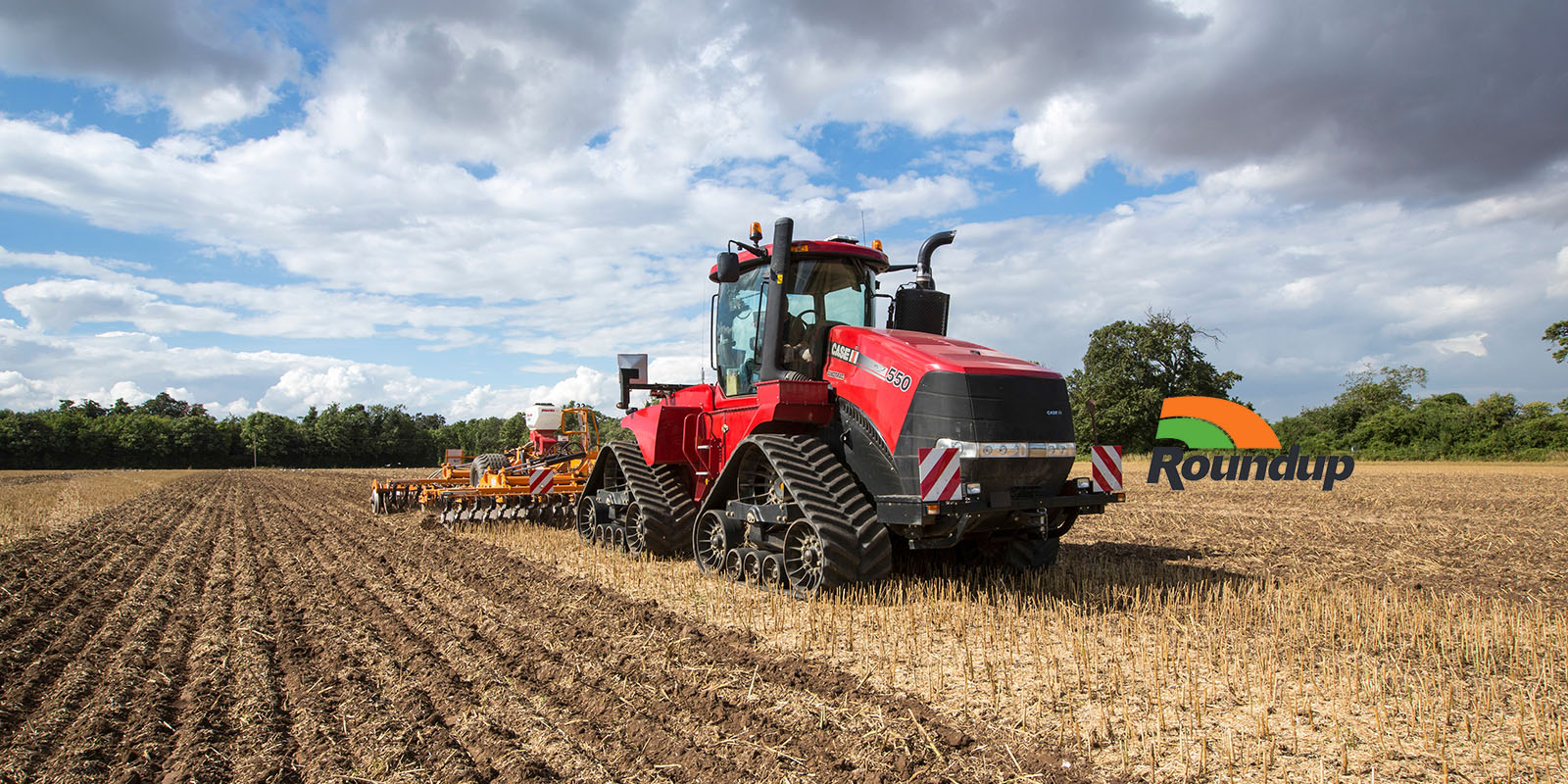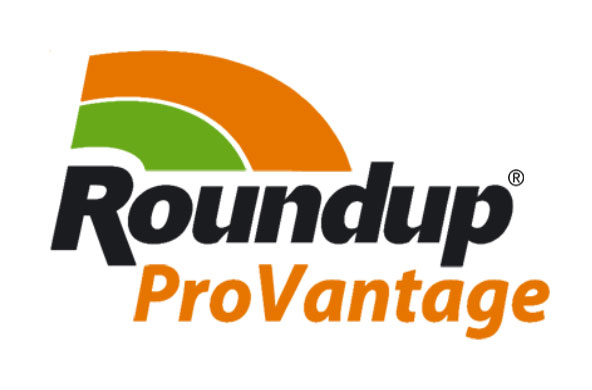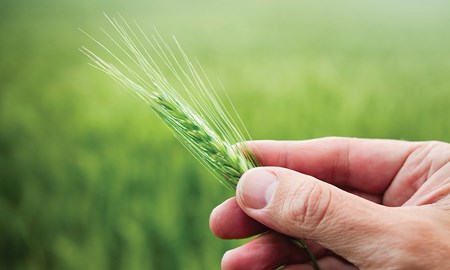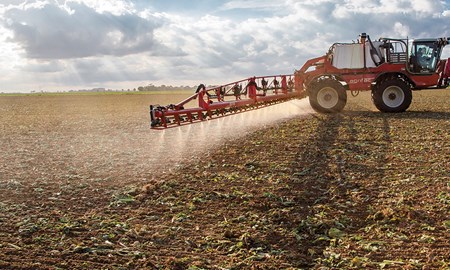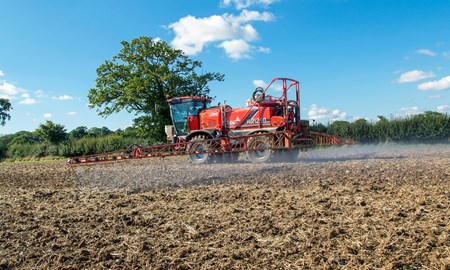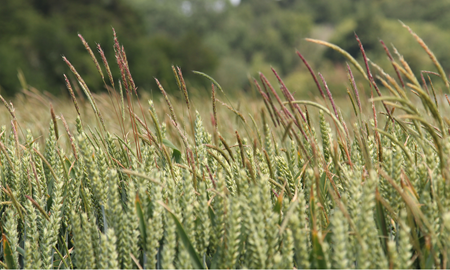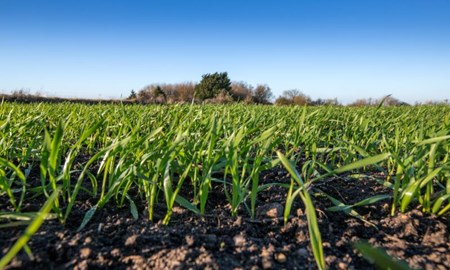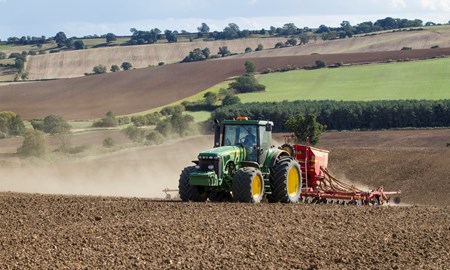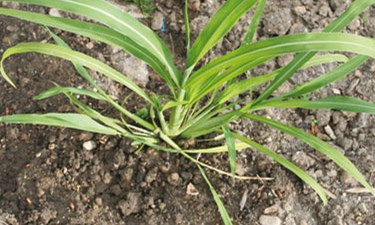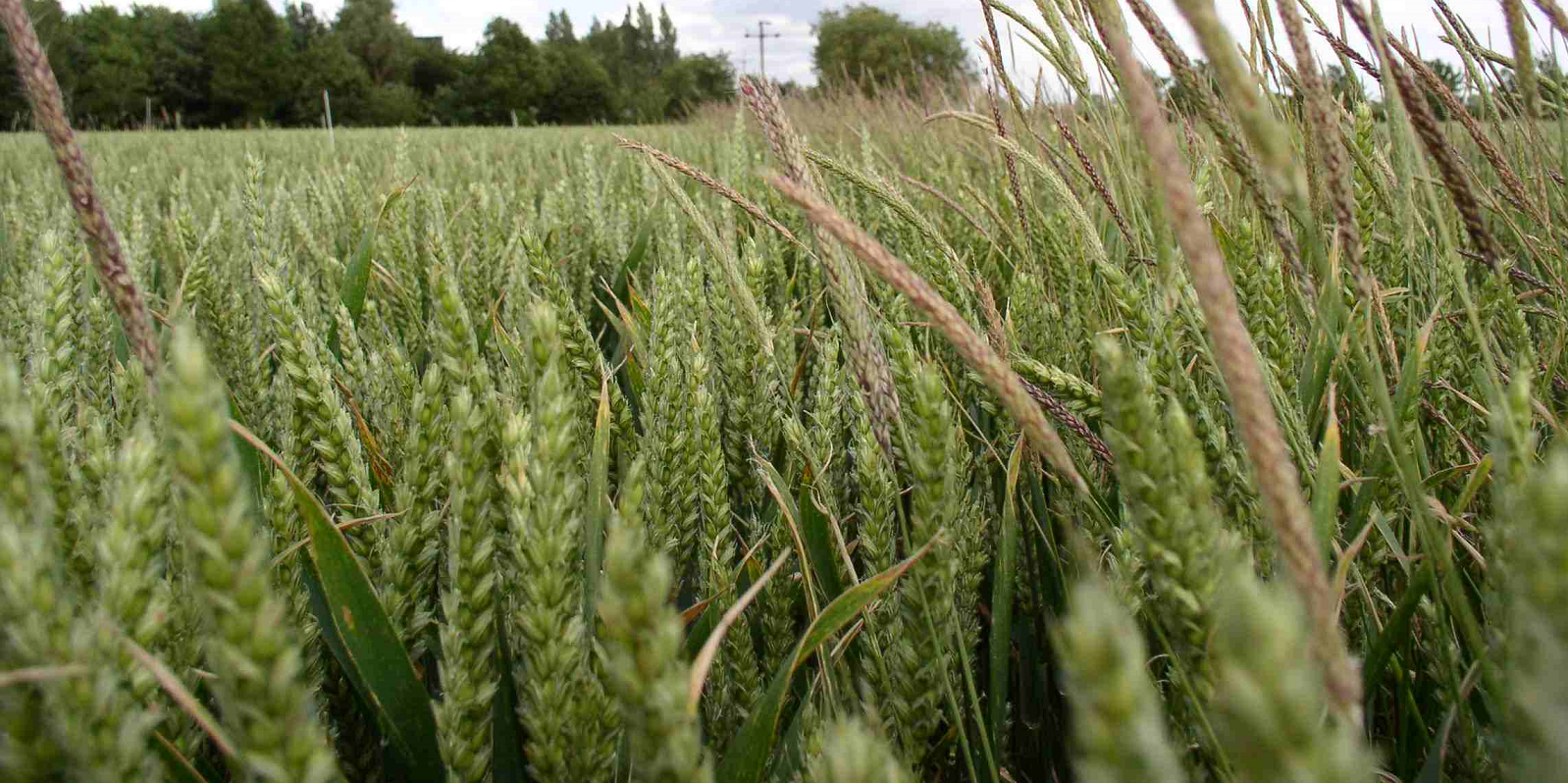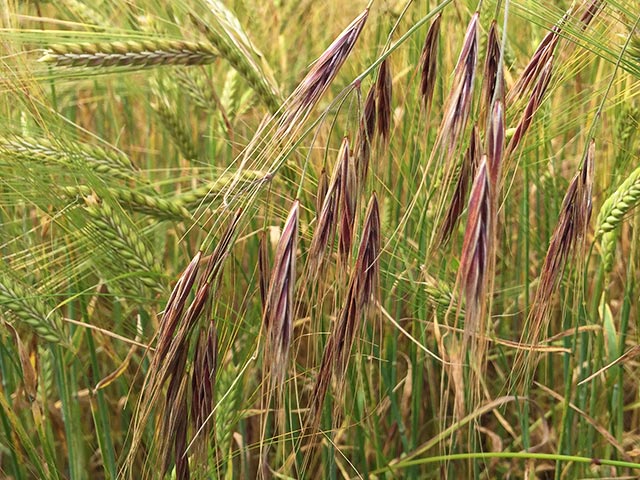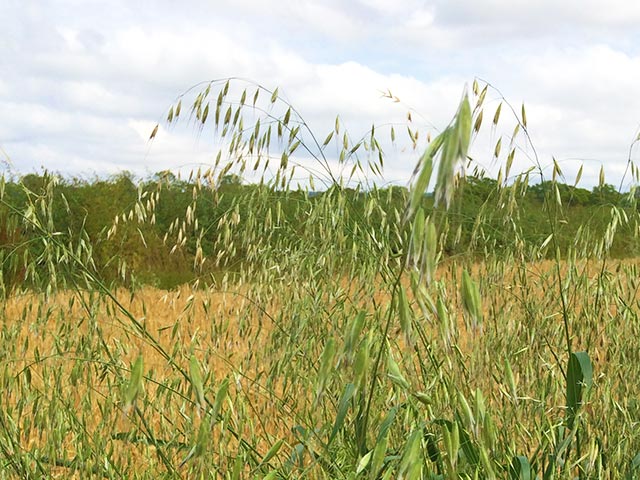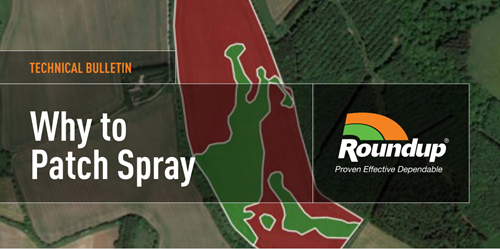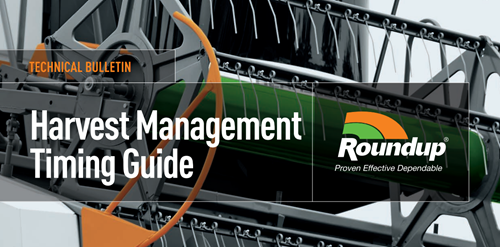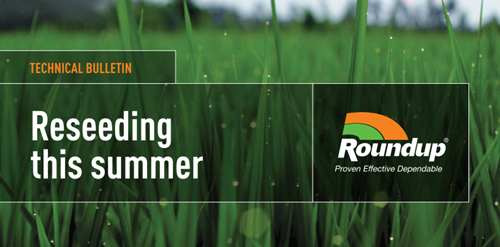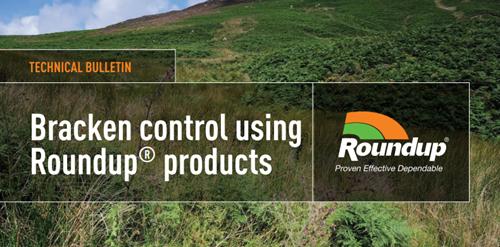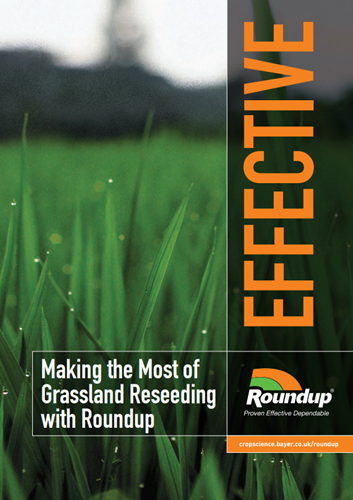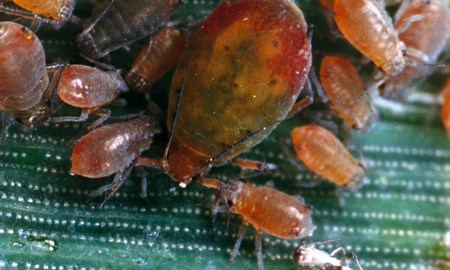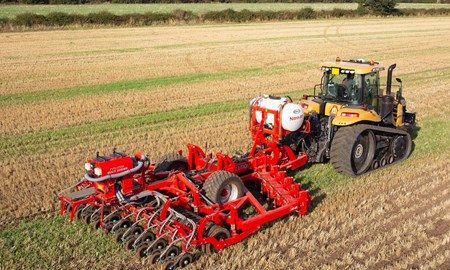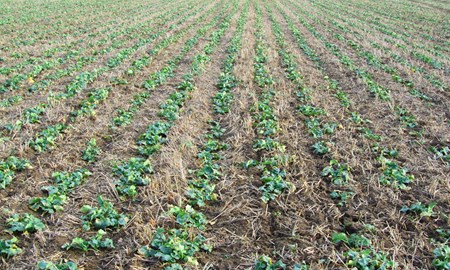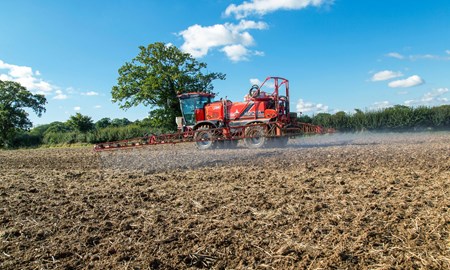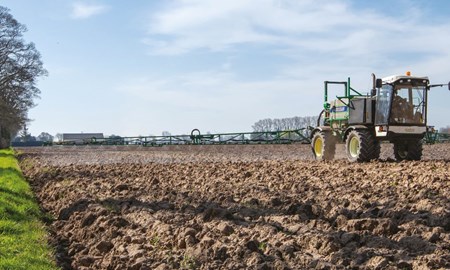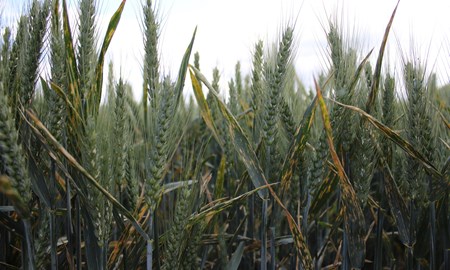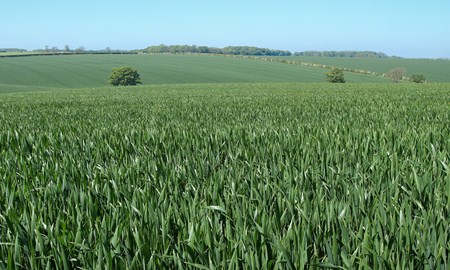The Importance of Statutory Conditions and Fields of use Within the Law
Everyone who uses pesticides referred to as Plant Protection Products, (PPP) should abide by the Code of Practice for using plant Protection Products 2006 (COP). It has legal status and by following the advice you will be within the law. Both The Food and Environment Protection Act 1985, (FEPA) and the Health and Safety at Work Act, 1974 apply to the use of PPP.
The Importance of the Label
The COP is very specific about the need to follow the label as a whole and comply with maximum dose rates, maximum number of treatments etc. Labels now carry this statement:
‘READ THE LABEL BEFORE USE. USING THIS PRODUCT IN A MANNER THAT IS INCONSISTENT WITH THE LABEL MAY BE AN OFFENCE. FOLLOW THE CODE OF PRACTICE FOR USING PLANT PROTECTION PRODUCTS.’
Use of a PPP against the label or the approval automatically results in failure to meet the Statutory Management Requirements under EU rules for farm payments.
Fields and Conditions of Use
All approved pesticides have fields of use listed on the label. The conditions of use must be followed in order to remain within the law and are listed prominently under the product name e.g.
‘FOR USE AS AN INDUSTRIAL/HORTICULTURAL/FORESTRY/ AQUATIC/ AGRICULTURAL HERBICIDE.’
Products which are approved for agriculture and horticulture should not be used in Industrial and Amenity situations unless they are also listed.
The details are listed below the main heading under CROPS/SITUATIONS. It is not always obvious what these crops/situations are so it is vital to make sure you understand before you use a PPP for a situation which is not included on the label. These are all defined by CRD in the Crop hierarchy (Last revised in 2006) which can be downloaded from the CRD website
The information is also in the Code of Practice for using Plant Protection Products on p16,17 table 1.
Example of Fields and Conditions of Use: Roundup Energy label
IMPORTANT INFORMATION
FOR USE ONLY AS AN AGRICULTURAL/HORTICULTURAL HERBICIDE
Crops/situations:
- Wheat, (including Durum wheat), barley, oats, combining peas, vining peas, field beans;
- Oilseed rape, mustard, linseed;
- Sugar beet, swedes, turnips, bulb onions, leeks;
- All edible crops (stubble), all non-edible crops (stubble);
- All edible and non-edible crops (destruction, before sowing/planting);
- Grassland;
- Apples, pears; plums, cherries, damsons;
- Green cover on land not being used for crop production;
CRD Crop Heirarchy Definitions
Most specific crops listed are self explanatory. However there is sometimes confusion over plant-free areas.
Natural surfaces not intended to bear vegetation. Areas of soil or natural outcroppings of rock that are not intended to bear vegetation, including areas such as sterile strips around fields. May include areas to which the public have access. It does not include the land between rows of crops.
'Green cover on land not being used for crop production' comes under the agricultural/horticultural heading in the crop hierarchy and does not include industrial or amenity situations.
Areas of land with a vegetation cover that have been removed (temporarily or otherwise) from production. For example some types of set aside. Includes fields or non-crop field margins covered by natural regeneration or by a planted green cover crop that will not be harvested.
Does NOT include use in industrial crops or inter-row use within a crop (edible or non-edible).
Other Plant-free areas with industrial and amenity approval are Permeable surfaces over lying soil or hard surfaces.
Permeable surfaces overlying soil: Any man made permeable surface (excluding railway ballast), such as gravel, that overlies soil and is not intended to bear vegetation.
Hard surfaces: Any man made impermeable surface, such as concrete or asphalt and including railway ballast, that is not intended to bear vegetation.
If the situation you intend to use a PPP for is not listed on the product label, then you cannot follow label instructions and comply with the law. You may need to choose a different product which does carry the intended use.
Crop Specific Information
Detailed information is given in a further table on Maximum use rates, number of treatments & other specific restrictions.
| Crops or situations | Maximum individual dose (litres product/hectare) | Maximum total dose(litres product/ hectare/ crop or situation/ annum | Latest time of application |
|---|
| Winter wheat, winter barley, winter oats, spring wheat, spring barley, spring oats, durum wheat, combining pea, field bean |
3.20 |
3.20 |
7 days before harvest |
|---|
All edible crops (stubbble),
all non-edible crops (stubble) |
4.0 or 1.2 |
4.0
3.2 |
5 days before drilling or planting the following crop
2 days before the drilling or planting of the following crop or 24 hours before cultivation |
|---|
| All edible and non-edible crops (destruction, before sowing/planting) |
4.0 |
- |
- |
|---|
| Grassland |
4.8 |
4.8 |
5 days before harvest, grazing or drilling |
|---|
| Green cover on land not being used for crop production |
4.8 |
4.8 |
24 hours before cultivating |
|---|
Each line in the table represents a new situation and where more than one situation occurs for the same crop it can be sprayed once for each situation. For example in winter wheat you can apply up to 1.2l/ha of Roundup Energy post planting, but before emergence, then up to 3.2l/ha before harvest and up to 5l/ha in the autumn on the stubble.
The Maximum individual dose rate is simply the highest dose you can apply at any one time. The maximum individual dose rate will vary according to the particular use e.g you can apply Roundup Energy at up to 4.8 l/ha on grassland, 3.2l/ha pre-harvest of wheat or 1.2l/ha post planting, pre-emergence of listed crops.
A maximum number of treatments may be specified under the ‘Maximum number of treatments per year’ column for some products. We use a Maximum total dose wherever possible which allows flexibility to split into any number of treatments.
Water volumes in which the product can be applied may also be restricted. Instructions will be given on the label eg Apply in 80-250l/ha of water. In some cases this can be reduced, but the rules are complicated and often do not apply to knapsack use. (See para 4.6.4 COP).
Always read the label carefully and comply with all the label instructions.
Failure to follow label restrictions could result in prosecution.
